
Numerous are the musicians, composers, interpreters, instrumentalists and singers, directors of large orchestras or small ensembles who have contributed to outlining the history of Argentine tango: from the Payadores, to the musicians of the Old and New Guard, up to the modern Tango Nuevo by Astor Piazzolla
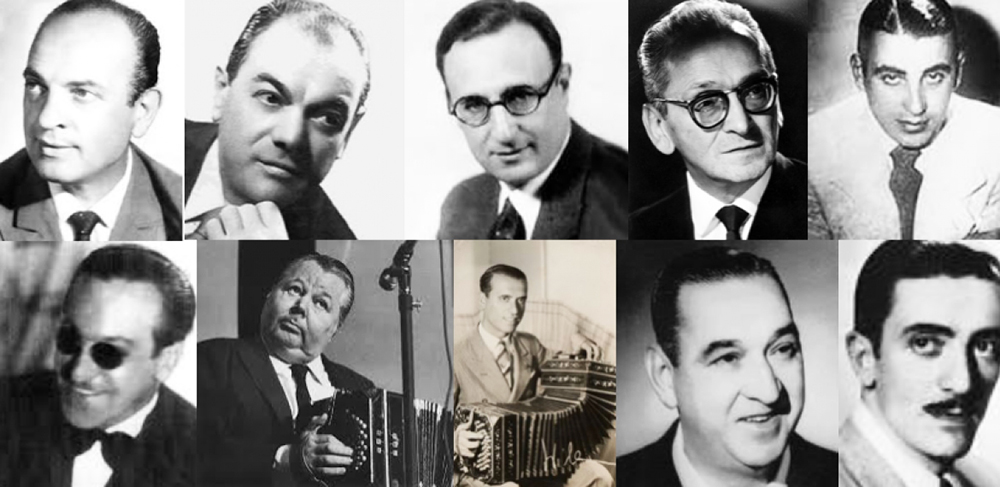
Miguel Calò, Francisco Canaro, Edgardo Donato, Osvaldo Pugliese, Lucio de Mare,
Carlos Di Sarli, Anibal Troilo, Pedro Laurenz, Ricardo Tanturi, Rodolfo Biagi.
The first known interpreters of Tango music were the Payadores, those traveling musicians and imaginative improvisers, often accompanied by only the guitar, thanks to which the first performances of the emerging musical style took place. The first ensembles were generally made up of flute, violin and guitar, typical instruments of street musicians; later the first pianists appeared who alone accompanied the evenings of night clubs. With the spread of tango and night clubs, where dance music was performed, stable and more numerous musical formations were created, sometimes including an accordeon, a harp, a clarinet or a piano. One of the first tangos to reach international fame was El Choclo of 1903 composed by Angel Villoldo, together with La Cumparsita which was arranged in 1916 by the pianist Roberto Firpo, the director of the most famous musical group of the period. During the first decade of the twentieth century there were the first phonographic recordings. The urbanization process of the Tango determined the progressive loss of its rural elements, to reinforce the romantic and sentimental vein; at the time the piano replaced the guitar as a rhythmic base, while the bandoneon began to supplant the flute and the accordeon, bringing the basic trio to its final form: violin, piano and bandoneon.
Francisco Canaro, another great violinist and interpreter of Argentine tango music, inserted the double bass as a support to the rhythmic base, and doubled the violin and bandoneon, transformed the trio into the famous typical sextet, which for decades was the almost generalized model of Tango orchestras. The typical orchestra of Canaro, faithful to the traditionalist school, favored the music of Argentine tango as dance music thanks to an accentuated rhythmic marking. On the one hand the Orchestra encouraged the dance and on the other the Argentine Singers and Tango Dancers helped to bring about the subsequent changes in Tango music.
Several surveys indicate six main musical styles that have left their mark in tango: Andalusian tango, Cuban habanera, candombe, milonga, mazurka and European polka.
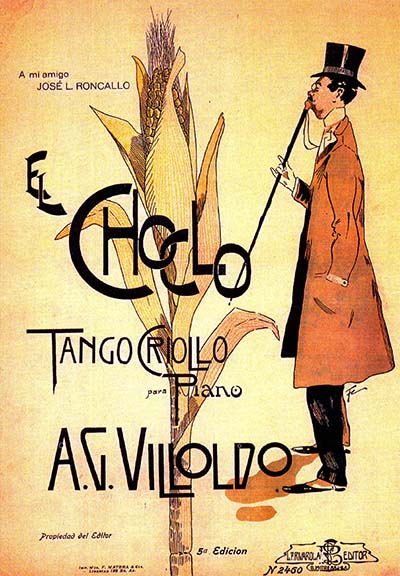 |
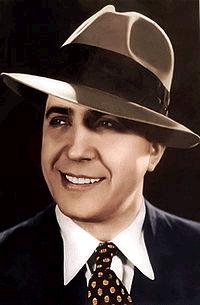 |
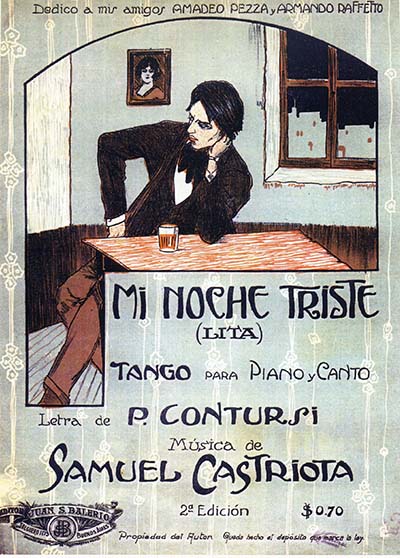 |
The mythical Carlos Gardel, undisputed and memorable interpreter of the Argentine song, made the greatest contribution to the definitive elimination of the original rural and sinful characteristics of the Tango, giving it a rather sentimental, nocturnal, refined and often sad connotation. It was in fact in 1917 that he recorded Mi noche Triste with a text by Pascual Contursi on a pre-existing music by S. Castriota; it was an immediate success and the birth of the Sentimental Tango which led to the end of the epic period of origins referred to as the Old Guard. The popularity of the theme of impossible or lost love, the refinement of his song and the popular sensibility made Gardel a mythical character, capable of spreading popular Latin American culture throughout the world.
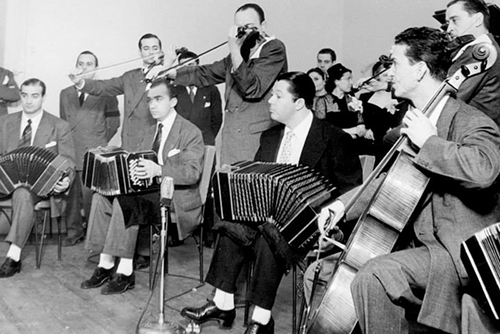
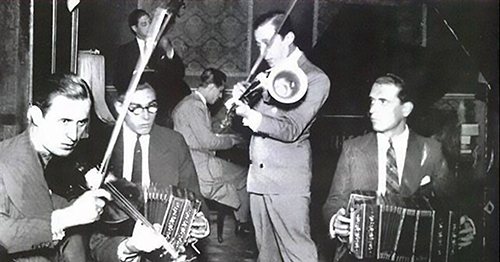
The first interpreters of the passage to the Nuova Guardia (Guardia Nueva) were Osvaldo Fresedo and Julio De Caro, musicians with a cultured background, who innovated and perfected tango music without breaking the ties with tradition. Due to the importance of the orchestral arrangements introduced by Julio de Caro, many scholars call this phase the Decarean period. The role of the piano from a simple rhythmic base came to the fore with rich musical phrasing. Under the banner of maximum enjoyment of dance music, by the numerous Tango dancers who increasingly crowded the milongas of Buenos Aires, other musicians moved among which Juan D'Arienzo, who together with Rodolfo Biagi, gave birth to a fast music, sometimes syncopated, in which singing now plays a secondary role, but which is particularly loved by tango dancers, so-called milongueros, even today.
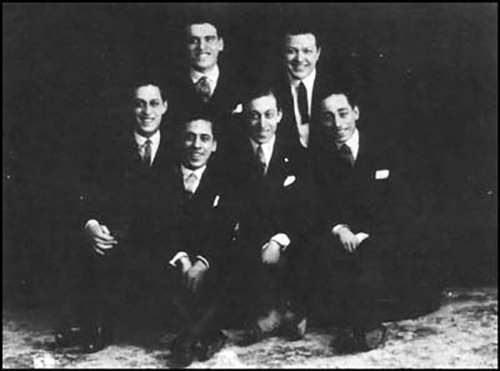
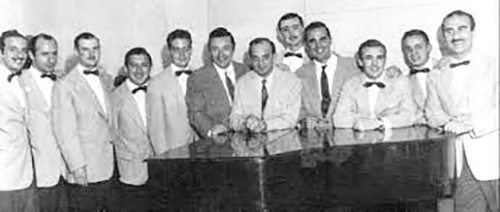
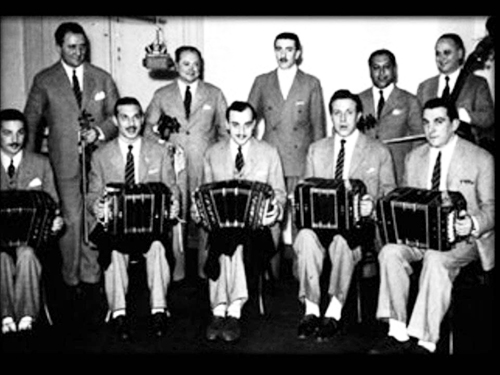
The era of the New Guard coincides with the massification promoted by the invention of radio and sound cinema, is characterized by the popular strength of the tango-song and arrives in its second phase up to the so-called Golden Age of Tango, in a long decade spanning the 1930s and 1940s, in which most of the music was made as tango dance music.
If you use the Streaming Services, you can listen to a playlist here dedicated to the Guardia Nuova Orchestras and the Golden Age of Argentine Tango. Download and store the Paylist you like most in your music library to be able to listen to it whenever you want on the different Streaming platforms Spotify, Youtube Muisc, Amazon Music, Tidal or Deezer
For Listening Playlist 1 > For Listening Playlist 2 >
The post-war economic crisis and the military repression of the 1970s led to a drastic downsizing of the musical performance opportunities of the great Tango Orchestras that had characterized the previous period. Many clubs were closed, as well as dance schools, and due to a diminished interest in dance music, the musicians dedicated themselves to performances aimed at a select audience in clubs and concert halls, forming a new current of Tango. avant-garde. Thus it was that Astor Piazzolla, without denying the historical and cultural roots, reinterprets the Tango in the light of his jazz experiences and his classical academic training, giving his creation the name of "Nuevo Tango". For a long time he performed refined listening music, extremely distant from milongas and dancing, so he was accused, at home, of having moved away from tradition so much that he no longer did Tango, but something else. In reality, for Piazzolla it was essential to preserve the intimate essence of the Tango, rather than its external forms.
First of all, the Modern or Contemporary Tango must not be confused with the so-called Tango Nuevo music, which is made, entirely or almost, as if it were electronic Tango with electronic musical instruments. collect the inheritance of the typical orchestras of the so-called golden age of tango between 1937 and 1955, and use a renewed and modern look towards Tango, we find: La Orquesta Tipica Misteriosa Buenos Aires, La Orquesta El Arranque, La Orquesta Tipica Andariega, La Orquesta Color Tango, Orquesta Sans Souci, El Sexteto Milonguero, the Hyperion Ensemble, La Romantica Milonguera, the Orquesta Escuela de Tango, the Sexteto Fantasma and recently, the most innovative of all the Fernando Serrano Ensemble.
If you use the Streaming Services you can listen here to a playlist dedicated to modern Tango orchestras and dance music. Download and store the Paylist you like most in your music library to be able to listen to it whenever you want on the different Streaming platforms Spotify, Youtube Muisc, Amazon Music, Tidal or Deezer
For listening Playlist 1 > For Listening Playlist 2 >
Starting from the 21st century, Tango Nuevo, or electronic tango, known as Electrotango, also enters the scene in Tango music, a musical style created by the fusion between tango and electronic music.Among the forerunners of this genre is Malevo , considered the creator of electronic tango, who released his first song in 1991 and a full album in 1998, in Buenos Aires; then followed the Gotan Project, formed in 2000 by Argentine, Swiss and French musicians, and subsequently the Bajofondo, led by Gustavo Santaolalla, and Tanghetto, led by Max Masri. The word Electrotango was first used by Max Masri in 2000 to name his tango fusion project with electronics long before Tanghetto. Tango Nuevo Musica: The word Electrotango was subsequently used by numerous electronic tango projects. Other bands gave definitive shape to the generede tango nuevo musica, including Narcotango led by Carlos Libedinsky, Otros Aires led by Miguel Di Genova and San Telmo Lounges led by Martín Delgado.
The bands or orchestras that cultivate this genre have had a great reception with millions of copies sold all over the world, as well as several international awards.
If you use the Streaming Services you can listen here to a playlist dedicated to the Tango Nuevo Music. Download and store the Paylist you like most in your music library to be able to listen to it whenever you want on the different Streaming platforms Spotify, Youtube Muisc, Amazon Music, Tidal or Deezer
For Listening Playlist 1 > For Listening Playlist 2 >
Dancing Tango in Rome |
Discover the Tango Allegria event closest to you.
|
Our Community |
Join our group and make new friends around the world. |
|
Seguici su
|
Tango and not only Tango |
Discover new passions organised by our Tango friends. |
Are you looking for a unique and unforgettable experience for your holidays? Tango holidays could be the perfect answer for you! Tango is a passionate and engaging dance, with tango holidays you can fully immerse yourself in the fascinating world of Argentine tango while enjoying a relaxing break. Whether you are a beginner or an expert dancer, our tango holidays are suitable for all levels because they are characterized by a sociable and relaxed environment. Plan your next tango holidays with us and make your break unforgettable with Tango Allegria's Tango Holidays!